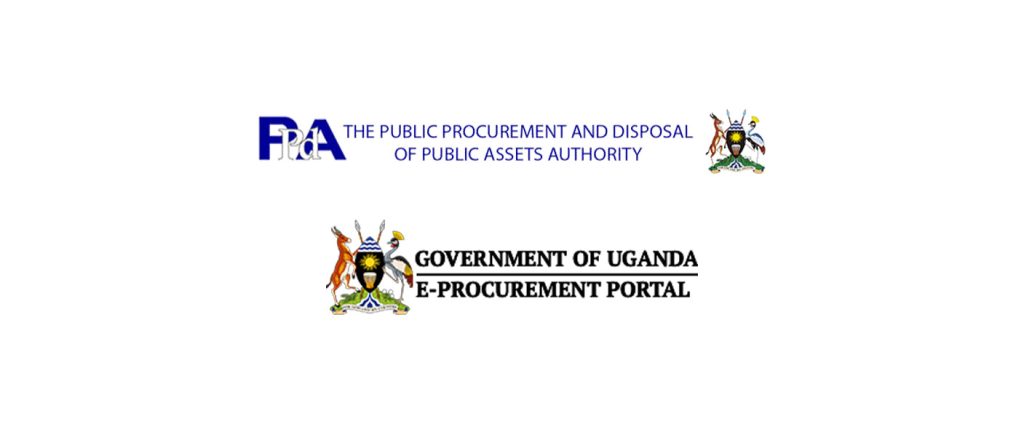What is an SEO Audit?
An SEO audit is a detailed assessment of a website’s performance regarding search engine optimization. The main objective of an SEO audit is to identify areas that need improvement to increase the website’s visibility in search engine results and improve its chances of ranking higher.
The following are the four main steps of an SEO audit of a website.
- DETECT ANY SIGNIFICANT ISSUES
This step is relatively quick, usually taking less than an hour for a website with fewer than 100 pages.
Please check that searches of the brand name return to the website.
In most cases, websites whose domain name is their brand name should appear first in search results. If a website has been online for more than three months, and this is not the case, then there is probably an issue with the website’s SEO.
A common practice until a few years ago consisted of buying a domain name identical to the primary keyword associated with it. Today, Google can recognize these domain names and may penalize you for this practice.
Check if the website has a primary address (with or without “www”)
You can write a website’s URL with or without “www.” Likewise, SEO makes no difference if a single primary address is correct while setting up!
It is essential to avoid having two copies of a website: one with “www” and one without. You can use one as your primary address and then redirect the other.
Houston Executive Consulting set up its website without the “www” as the primary address, and when you type “www.heconsulting.us,” you are automatically redirected to the address without “www.”
Check for duplicate content.
Website pages with very similar or copy-pasted content will have duplicate content. Such a scenario often occurs on product, archived, or category pages that are too similar. Sometimes, an organization may copy and paste local pages, only replacing the address. Please take the time to check a few of these pages by hand.
You can also use a website like Siteliner, which automatically detects plagiarism issues.
You can check for indexing or crawling issues.
First, enter your address in the Google search bar, “site: mysite.com,” and review the results.
Your website should be among them. If not, there may be a problem.
Here are the most common issues:
- An issue with the robots.txtfile: This allows you to restrict access to certain parts of your website. So, you need to ensure that it is granting search engine access.
- An issue with meta robots.
- An issue with the website’s architecture.
Check if the website loads relatively quickly.
A page’s load time is a significant factor for visitors and search engines.
GTmetrix & Pingdom – tools for measuring website performance.
A website that is too slow will drive visitors away and could lead to indexing problems. You can use sites like GTmetrics or Pingdom to measure the load speed of the pages on your website.
These tools also suggest ways to improve performance, but their solutions can be technical and require a developer’s assistance.
What load speed should I aim for?
There is no hard and fast rule for all websites. For example, a photography website’s pages will load more slowly than a blog containing only text. The abovementioned tools will indicate whether your website’s pages are loading fast enough.
However, the website is slow if pages load up to four seconds, although most SEO experts and tools consider 5 seconds the ideal load time.
Could you check if the website is responsive?
Nowadays, it may seem obvious that a website must be viewable and readable on mobile devices; however, many older sites may need to be optimized. So, check carefully.
Check if the Web content meets accessibility standards.
While auditing a website’s SEO, it’s also a good idea to audit the Web content’s accessibility.
The Web Content Accessibility Guidelines (WCAG) 2.0 are the universal standards set by the World Wide Web Consortium (3WC) for ensuring that Web content is accessible to all users, including people with disabilities. For testing accessibility, there are accessibility features in browser extensions like Chrome DevTools and several open-source tools, such as the A11y Machine and Accessibility Insights.
- QUICKLY ANALYZE THE ON-PAGE SEO
Start by looking at the website’s homepage, two secondary pages accessible through the menu, and a blog article if the site has one.
First, check that the URLs for the website are comprehensible and include the subject of the page in question. If the website URLs are impossible to read, for example, https://mysite.com/345e93, you will need to change them to something more like https://mysite.com/primary-keyword.
Next, for each page, open the console in your browser (F12 in Google Chrome) and use CTRL+F to search for the information listed below.
Meta tags
- Title & Description:These tags indicate the page’s topic to search engines. They also appear in the results. They must include the target keyword and make visitors want to click and read the page.
Title & Description in Google
- Robots:Check that this tag can “index, follow.” indicating that search engines should index the page (index) and follow links on the page (follow).
Titles
- Ensure there isonly one h1 on the page and that it contains the keyword.
- Ensure the content is into multiple h2 subsections, includingthe keyword or a synonym.
Images
Image files should be a manageable size. If an image must be small on the website, don’t load an oversized version and let the code adapt the height automatically. The larger the picture, the slower it will download.
Check to make sure every image has an “alt” tag as well:
<img src=”https://mysite.com/image.png” alt=”Description of the image for visually impaired users” />
These tags describe the image for search engines and visually impaired people. Giving an appropriate description and, if possible, adding the keyword is a good idea.
Could you not fill alt tags with keywords? It will negatively impact your SEO.
As you can see, on-page optimization starts with optimizing the HTML on the page. To learn more about HTML tags, I recommend the course “Learn to Code for the Web” https://www.futurelearn.com/courses/learn-to-code-for-the-web
Length of content
Previously, having a minimum of 250 words on a page was sufficient. Nowadays, very few pages with so little content reach the top of the results. Aim for at least 400 words for pages on your website (when it makes sense) and 600 words for your blog posts and news or expert content.
- EXAMINE YOUR KEYWORD RANKINGS
This step only makes sense if you install Google Analytics for a few weeks.
The first thing to check is that the organic traffic on your website is increasing or, at the very least, remains stable.
The following is an illustration of how you check in Google Analytics:
Organic traffic channel – Google Analytics
- In the left-hand menu, click on “Acquisition,” then “All Traffic,” then “Channel.”
- Then, click on “Organic Search.”
If you install Google Search Console, you should get your first results after about ten days. Use it to check if any of the major issues described above exist. This step will also help you determine which keywords drive your website traffic before making SEO changes. It may also suggest some keywords you hadn’t considered.
- CHECK THE QUALITY OF EXISTING LINKS
Could you check if social media accounts have been created and linked to the website? If some of these links already exist, you can assume that someone has shared and distributed the website content to some extent. If not, you know you’ll have to spend time doing it!
Next, use the Search Console (you can review how to do this in Part 5 – Chapter 2) or a site like Majestic, SEMRush, or Moz Explorer, and study the existing links.
Ensure that most of your traffic does not originate from spammy links like those from low-quality or foreign-language websites or with content utterly different from yours. If Google detects many wrong links, like those found in the comments section of blogs, it may penalize or erase you from its search results.
Recap
- Make sure there are no significantissues.
- Follow the checklist for your quick on-page auditof the website.
- Check thattraffic is increasing.
- Analyze existing links.
This audit will help you fix any major issues. Once you have done this, it will be time to optimize the content on your pages!
Conducting an SEO audit can provide website owners, marketers, or SEO professionals with valuable insights into the effectiveness of their current SEO strategy. The information helps develop a plan to optimize the website for search engines, enhance user experience, and improve its overall online presence. It is essential to conduct regular SEO audits, as they allow businesses to keep up with changing search engine algorithms and remain competitive in the online market.





